
|
|
|
|
|
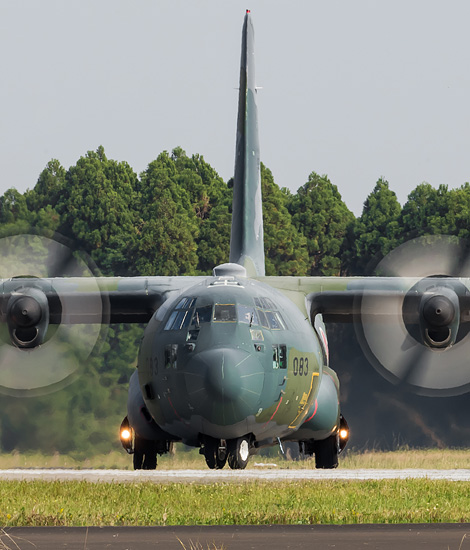
|
Updating Eagles for the Future; Nyatubaru, November 7, 2019
Eagles for the Air Defense, part 6; Text and Photograph's by Alex van Noye
The F-15s have been the backbone of the aerial defense in Japan for many years. The planes that are still flying around the country are of different versions due to many different updates that have taken place in recent decades. To keep the fleet as deployable as possible, more than a hundred Eagles will be updated.
For a drastic update of the Japanese F-15J fleet, the Japanese government needs approval from the US government. The US Department of Foreign Affairs has approved the Japanese request for the upgrade package for nearly one hundred JASDF F-15J Eagles. The American ally of Japan has thus paved the way for an upgrade of the rapidly aging interceptor fleet. In a statement, the Defensive Cooperation Office for Security indicated that the US Congress had been informed of the approval. The deal with Japan falls under the US foreign military sales program. In total, the Japanese F-15s will be updated for more than 4.5 billion dollars. With this approval, Japan can upgrade a maximum of 98 F-15J Eagles to a Japanese Super Interceptor (JSI) configuration. With the JSI update, the Eagles get an advanced electronically scanned array (AESA) radar, new on-board and mission computers and new equipment for electronic warfare. The aircraft will also be provided with new ammunition. The new radar will be of the Raytheon AN/APG-82 type and will include a multimode AESA. This version is also currently being used in the US Air Force's F-15E Strike Eagles. Japan has requested a total of 103 radars and six spare sets, 116 Honeywell Advanced Display Core Processor II mission computers and 101 BAE Systems AN/ALQ-239 digital electronic war systems. The current package also includes anti-spoofing GPS navigation for more precise navigation and new radios for better communication. With this whole package, the Eagles must be able to stay within the JASDF for years.
The request from Japan also consisted of a request for aircraft integration and new ammunition and test support for this. Japan has announced in its defense program at the end of 2018 that it is also considering the option to purchase Lockheed-Martin air-to-ground weapons for the F-15J fleet. It would concern 158 air to surface missiles of the Joint Air to Surface Surface Missile (JASSM) type. These weapons should be
|
|
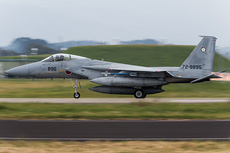
|
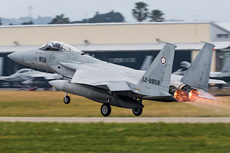
|
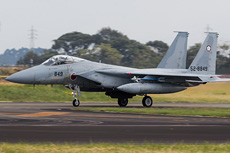
|
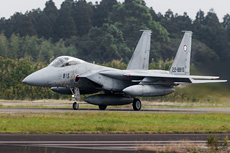
|
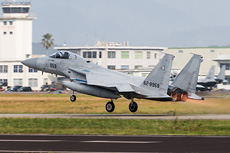
|
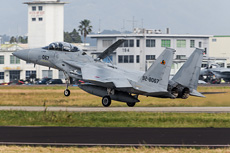
|
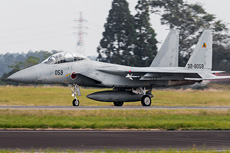
|
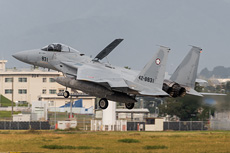
|
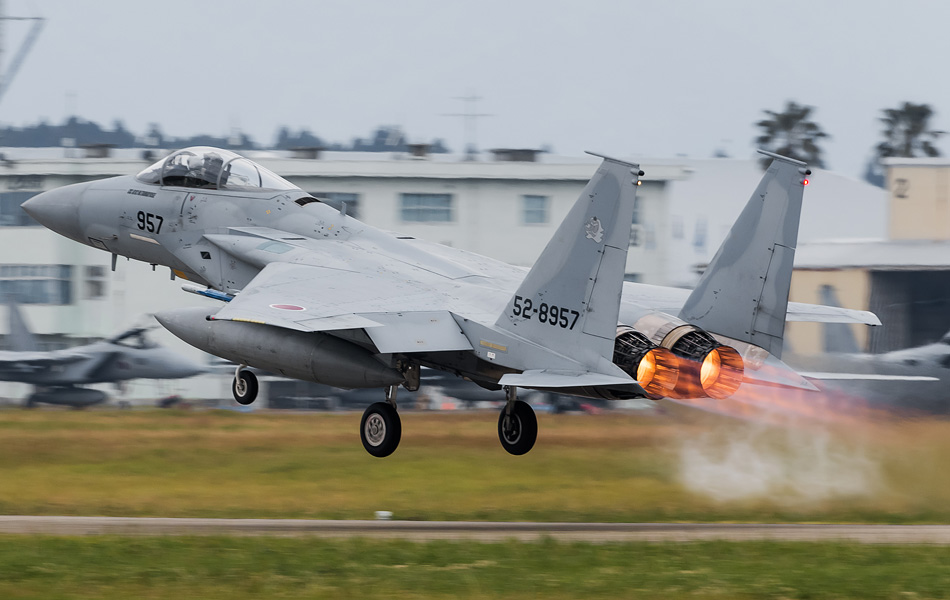
|
integrated with the F-15 systems with the update. The main contractor for supplying the modules of the update program will be the American Boeing. The main contractor for the conversion of the F-15Js will be Mitsubishi Heavy Industries, with Boeing as a sub-contractor supporting the integration of the FMS and DCS elements. The JASDF currently has a total fleet of around 200 F-15Js and F-15DJs in operational service. These are all configured for the air defense role with virtually no air-to-ground capabilities. The units fly at seven different operational squadrons throughout Japan. The Air Force also has a training squadron and an aggressor squadron. The Japanese F-15J fleet was built in the 1980s by mainly Mitsubishi Heavy Industries in Japan under license. The Eagles are equipped with obsolete systems for electronic warfare and bi-directional data link. Approximately 90 F-15s have been upgraded as part of the multi-stage improvement program in 1987. The aircraft have not been thoroughly modernized since then and are now all outdated.
Over the years, several attempts have been made to upgrade the F-15s, but for various tax and political reasons, Japan has never succeeded in implementing a complete upgrade program for its F-15s. As a result, the current F-15 fleet consists of various configurations and equipment. With the most recent upgrade from 2007 only a small number of F-15Js were updated with the Link 16 system and the Joint Helmet Mounted Cueing Systems from JHMCS. With the Link 16 system, the F-15s would be able to communicate and exchange data with many other means of Japanese defense such as vehicles, ships and other aircraft. The project was finally terminated after a significant reduction in updates following the election of a strong pacifist government in 2009. Another planned upgrade of the F-15Js where infrared cameras and tracking systems had to be built in for a reconnaissance role was also canceled during this period. The new update plan must ensure that the F-15s all become the same standard after the update. The type is again made state of the art to be used for the interests of the JASDF for the coming years. A striking detail in the request for the upgrade from the US government was the lack of a link 16 update for all F-15s. Also the update to a fully digital cockpit is not planned in this upgrade slot. This update may be added to the package later, which was also done during the F-2 updates.
With the upgraded F-15s, the JASDF hopes to be able to use these aircraft again for the defense of the country for over ten to fifteen years. With the introduction of this upgrade package that will be built into more than 98 F-15Js in the coming years, Japan will also be phasing out a part of its existing fleet. The intention is that Japan will gradually phase out some of the F-15s and replace them with the F-35A Lightning II. The entire Japanese air defense is currently in the hands of the F-15J Eagle fleet, as the Phantoms are currently being phased out. The Phantoms were already very outdated anyway and will completely leave the scene in Japan. The F-35 fleet is not yet fully operational, but will later support the F-15 fleet in the air defense role. Japan has chosen to phase out a part of the F-15 fleet in order to purchase more F-35A Lightning II aircraft. The country is also the largest foreign buyer of the Lockheed-Martin F-35 Lightning II. The first squadron is in the meantime already active in Japan. The intention is for the JASDF to receive a total of 105 F-35A combat aircraft. In addition to the F-35A, the Japanese government also decided in September 2019 to purchase another 42 F-35B STOVLs. This STOVL version of the F-35 will be deployable on board of the Japanese Izumo-class helicopter aircraft carriers. Which of the current F-15 squadrons will eventually fly with the F-35A is not yet known at this time. What is certain is that the F-15J Eagle fleet will still be the backbone of Japanese air defense in the coming years.
|
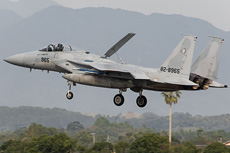
|
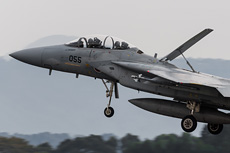
|
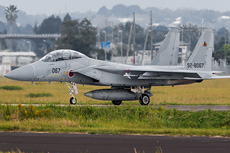
|
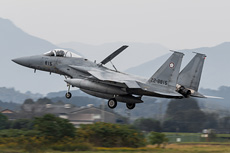
|
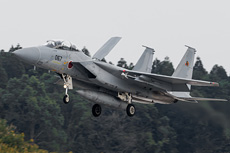
|
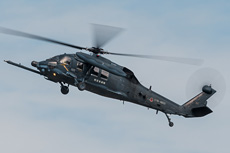
|
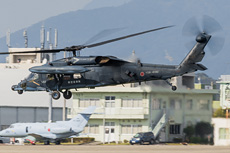
|
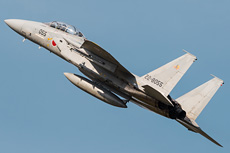
|
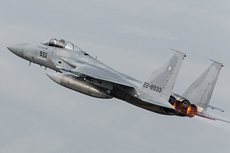
|
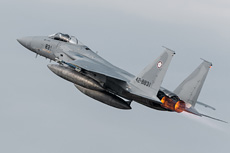
|
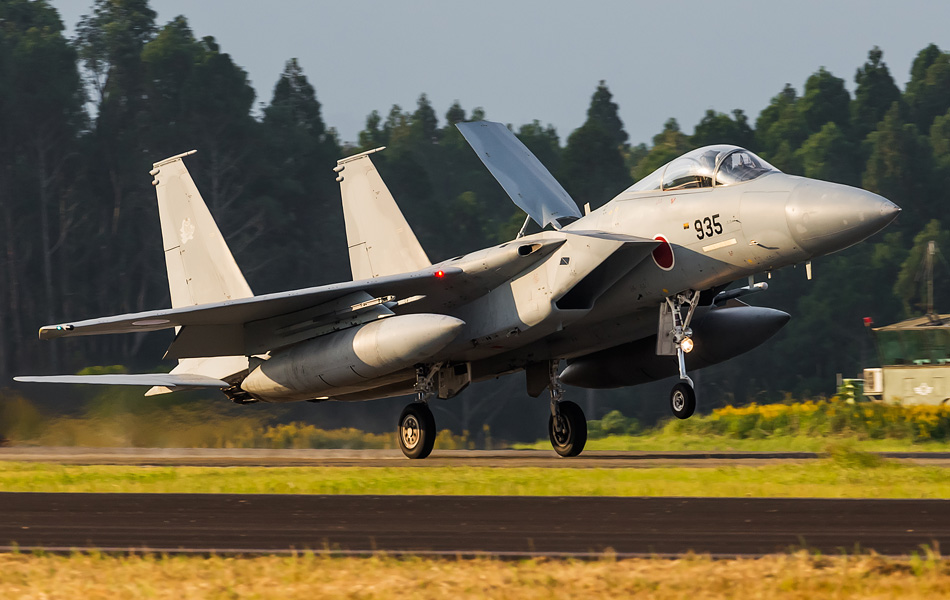
|
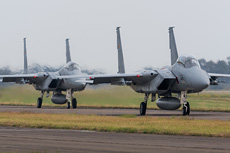
|
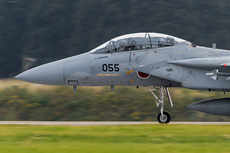
|
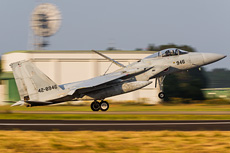
|
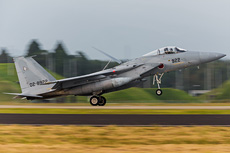
|
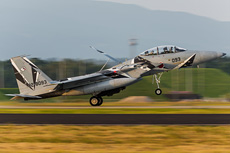
|
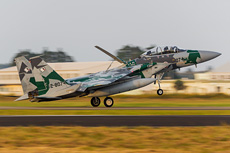
|
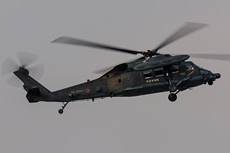
|
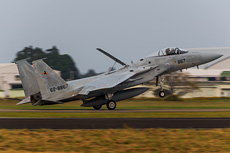
|
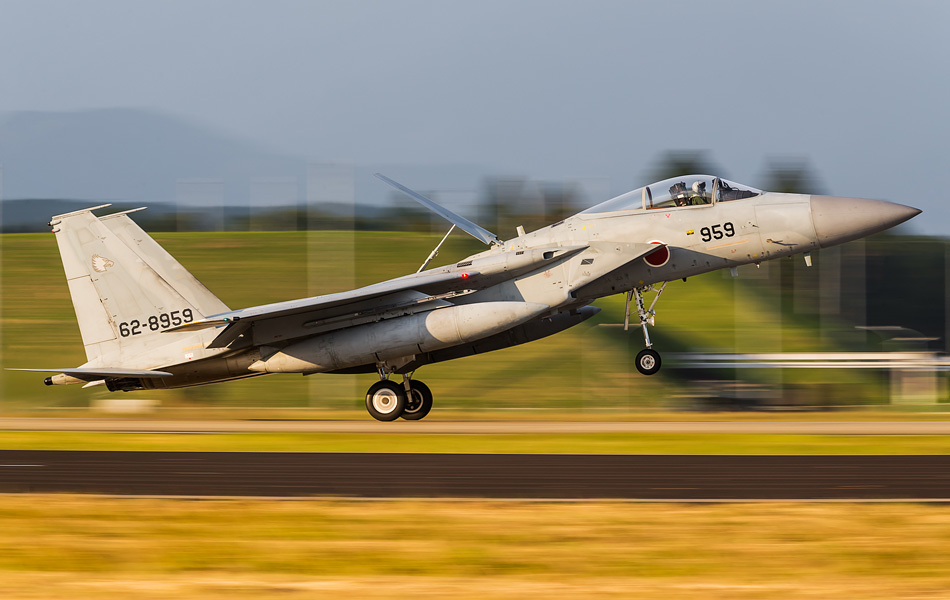
|
|
|

|







